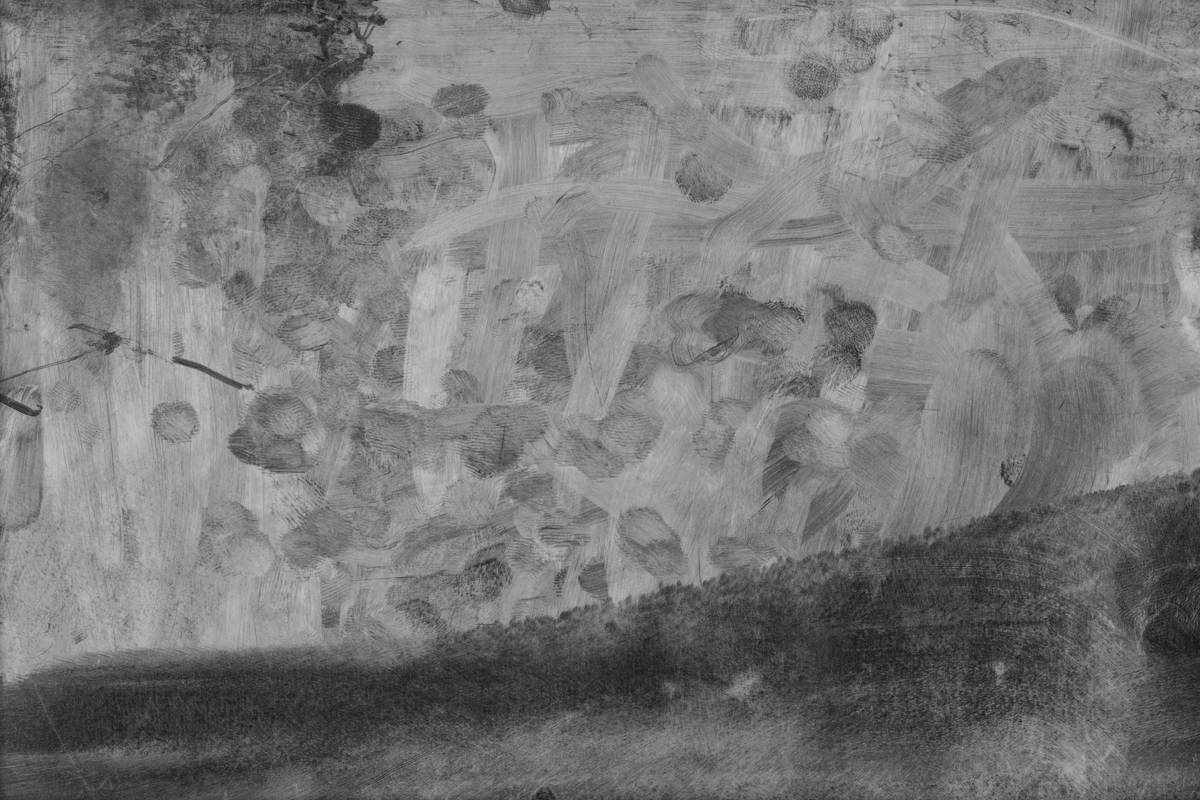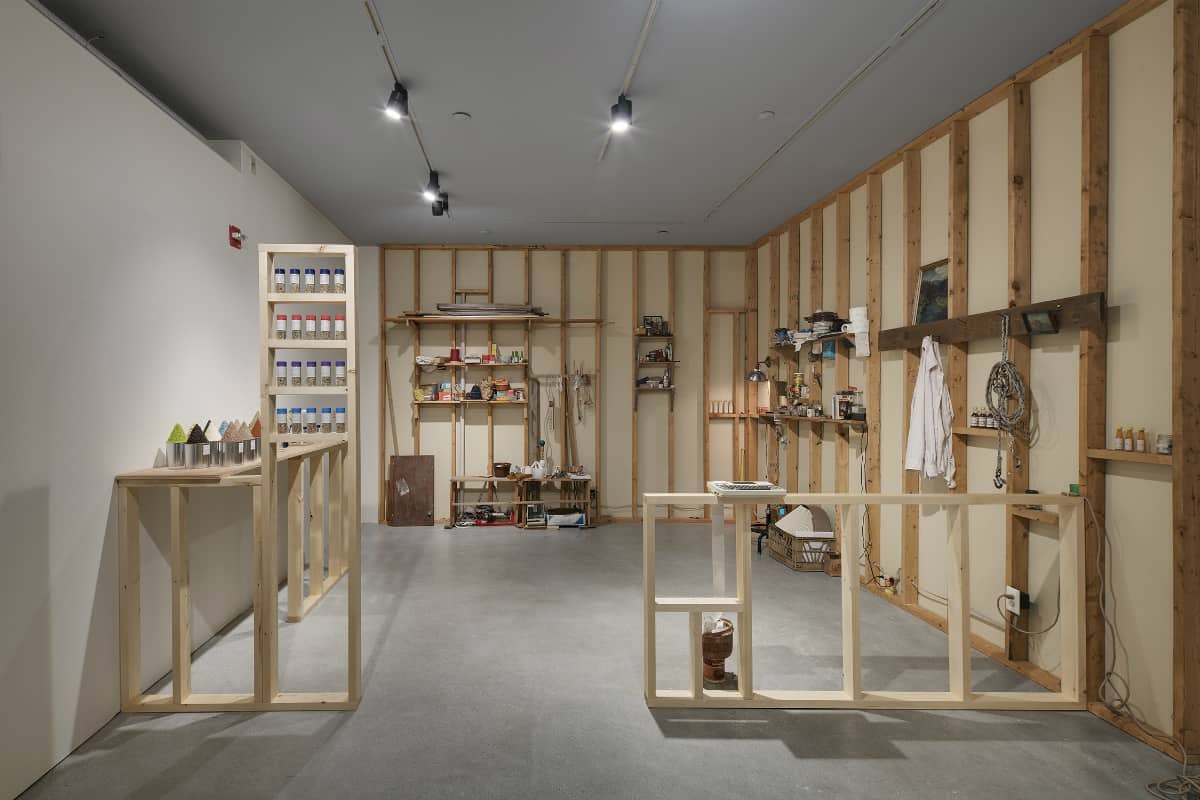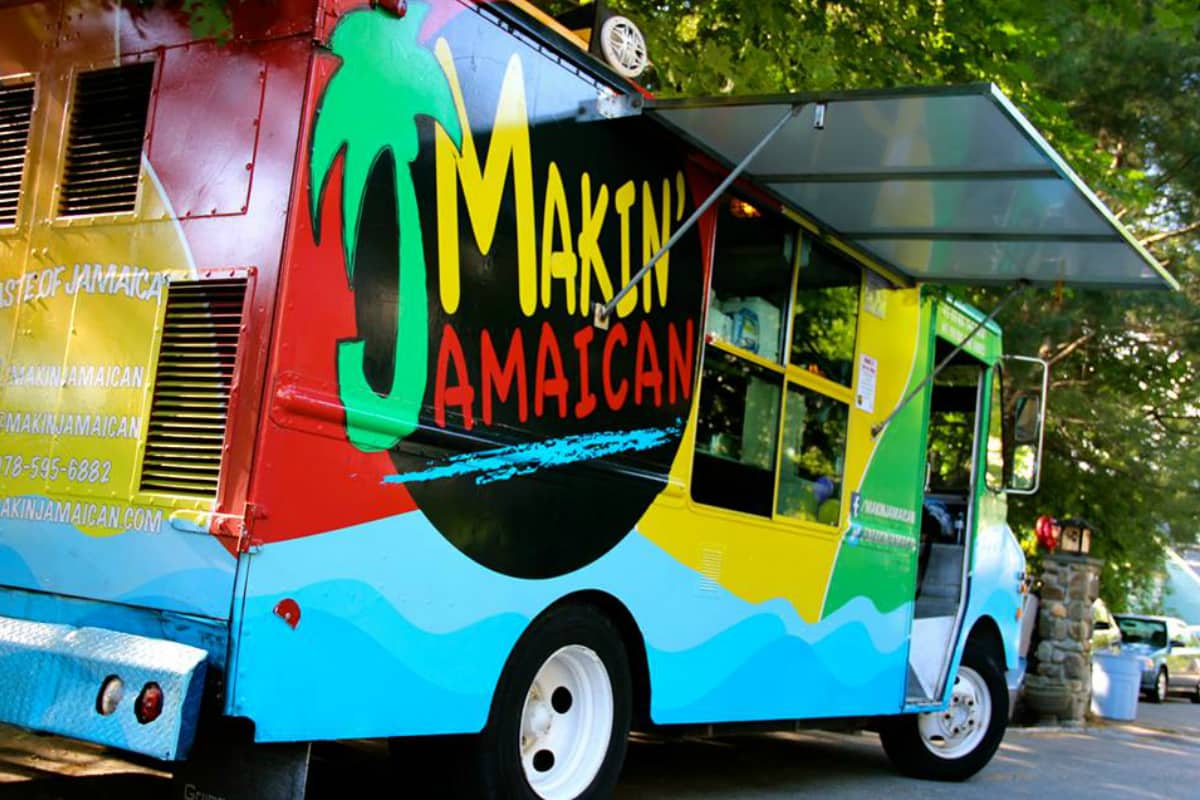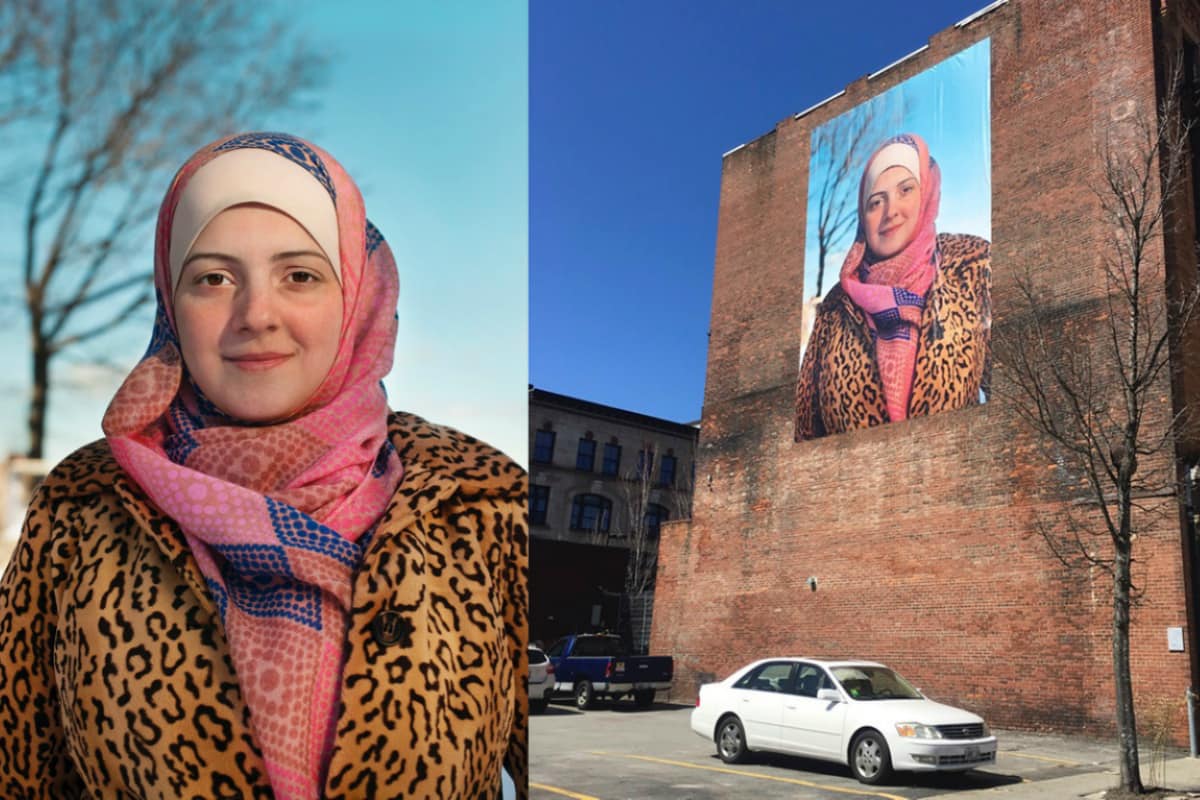Maine Museum of Photographic Arts Director and Co-founder Denise Froehlich on raising awareness of Maine photographic arts.
When the Maine Museum of Photographic Arts opened about seven years ago, co-founder and director Denise Froehlich, who is also a photographer, saw the museum as a way to give Maine photography a presence in the American conversation about art. The current exhibit of work by Meggan Gould, on view through September 30th, is a good example, she says. “The work is about the process and tools used in making photographs,” Froehlich says. “It is modernist in style and really, very smart.”
That’s true of so much of the work on display at MMPA. We emailed Froehlich to find out more about her hopes for the museum—its mission, exhibits, and her thoughts on the future (and present) of photography. Here’s what she had to say.

Denise Froehlich
What was it that inspired you to start MMPA? And why did you choose to open it in Maine?
DF: In 2010, when we launched MMPA, there were only a smattering of idiosyncratic photography collections throughout the state and photographic exhibitions were scant and mostly historically based. People were coming from all over the world to study photography at the ME Photo Workshops and our colleges and were making images here, but contemporary works weren’t being exhibited or collected by local museums. We likened this to plein air/landscape painting in Maine in the 1800s. MMPA decided that we would exhibit and collect contemporary photographic works by Maine artists. Because photography is linked to science and technology, it’s ever shifting in creation and representation. We want to bring the most avant-garde work being made in the state to the public and collectors. Also, the medium is shifting and no longer just flat and two-dimensional. Photographers are reaching forward to contemporary art that bridges the gap between drawing, sculpture, installations, film and projections, and painting. They’re also looking back and creating works with antique processes like daguerreotypes, cyanotypes, etc., by concocting their own emulsions or making camera-less imagery. This is important and needs to be collected.
The MMPA mission notes that the museum seeks to “inspire, engage and educate.” What would you say is the role of photography—as an art and as a tool of documentation—in 2017, when nobody seems to believe anything they see, read, or hear anymore?
DF: Ah, documentation is one way to use the medium. Our government is doing this well; the average person is photographed 75 times a day, and now we are installing facial recognition software into airports. Surveillance is real. Photography, film, and video are only tools like a typewriter or keyboard. It’s up to the artist to make art or communicate an idea to an audience. Form + Content + Context = Art.
How has the art of photography changed since the introduction of the iPhone 10 years ago? Where do you see it heading?
DF: I like to think about the iPhone or camera phone’s popularity and compare it to the Brownie camera that became available in 1900. The Brownie was a cheap, easy-to-use box that would bring the idea of a snapshot to the masses. Because it was inexpensive and readily available, thousands of people used them. Did they make “art” with them? Some did.
What do you think is misunderstood about photography?
DF: Because photography is so linked with in-the-moment technology, people think that anyone can create great art with it. Like painting or sculpture, it requires time, craft and skill, and, most of all, a unique voice and point of view. Look carefully, slowly, and ask yourself, ‘What does this image mean?’ If the intent and content is there and the formal qualities are worked out, and the audience is clear, chances are you’re looking at art.
What would you like to accomplish with MMPA in the next year?
DF: As director, I would like to collaborate with other institutions and bring Maine art to focus in the U.S. We are growing our small collection, and I would love to have exhibitions traveling. Of course, because we are small and recent—we’re in our seventh year—growing our operating budget is also a very real goal, too. Maine photographic artists are creating amazing things that need to be shared with the public. My hope is that we can expand our nonprofit and accomplish more. So far, every year we gain in reach, popularity, and depth of exhibitions.










